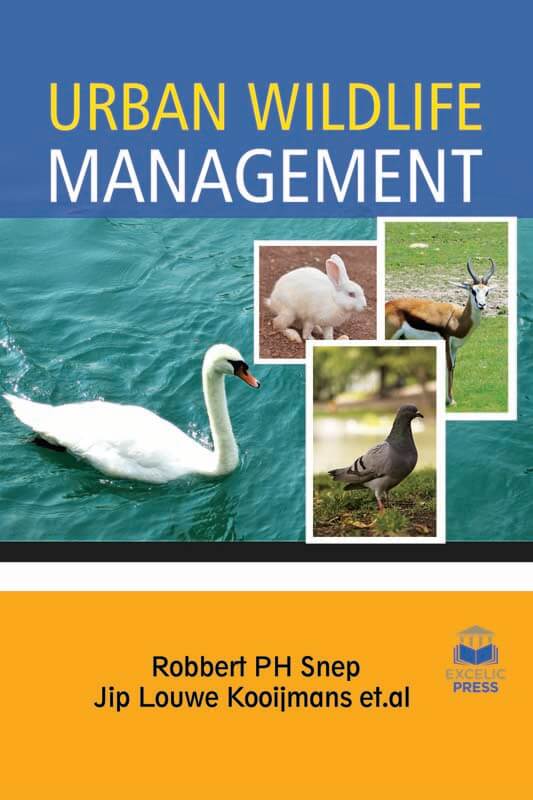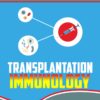Cities can also be important for the population numbers of certain species. One may expect that, in any given country, the proportion of bird species for which cities are the main habitat depends upon the area of the urban landscape and the age since urbanization, as well as the specific habitat characteristics of the urban area. Though, management and decision-making in concern with wildlife can be thought-provoking, as is the case with any common property.
Providing comprehensive information on the subject problem; this book aims to improve existing urban wildlife conservation practices by exploring ways of engaging people within their different roles by presenting arguments and action perspectives that are tailored to various urban stakeholder groups. These arguments are based upon the opportunities that various urban stakeholders may offer to conserve urban birds through the creation of essential habitat features (e.g., the provision of safe nesting places), whilst reducing urban threats, barriers, and disturbances. Wild animals that reach urban and suburban areas have caused various problems in the world. Particularly, urbanized large mammals pose risks such as human injury and traffic accidents. In addition, the risk of bringing infectious diseases into urban areas requires attention. On the other hand, urban wildlife provided several benefits to humans, and so it is important for the researcher to consider the human-wildlife relationship in a more holistic way. Thus, wildlife managers need to select high priority management areas in urban environments, considering the advantages and disadvantages of humans and wildlife. The loss and fragmentation of wildlife habitats and the ecological consequences that follow are major challenges for nature conservation. While the loss of biodiversity is one of the most concerning trends, local overabundance, particularly in isolated habitat remnants, may lead to human-animal conflicts and undesirable ecological effects requiring intervention. It is important that the management of overabundant species is effective, ecologically sound, humane and socially acceptable. Further, the book follows with a framework to evaluate wildlife feeding in research, wildlife management, tourism and recreation; effectiveness of gel repellents on feral pigeons; and ranging characteristics of the domestic cat in an urban environment.
Additionally, it also aimed to examine and assess the opinions of drivers on wildlife warning sign designs through a public opinion survey. This book also proposes that harm reduction-based intelligence will better equip city planners and pest managers to identify opportunities to act in advance of significant and concurrent harms to people, infrastructure, and wildlife. This book brings together eminent researchers and authors to describe the unique biological and ecological problems connected with urban wildlife.














Reviews
There are no reviews yet.